Sigurd Ladejarl—Erik and Queen Gunhild—Haakon, Athelstan’s Foster-son, proclaimed King—Erik Blood-Axe exiled and killed in a Battle in England
Then Harald the Fairhaired was nearly seventy years old, he begat a son by Thora Moster-stang (Moster-pole). She was so called because she was tall, and her family came from the island of Moster. She was very handsome, and was descended from good people, but was called the king’s servant-girl, for at that time, as the Saga says, “many were subject to service to the king who were of good birth, both men and women.” Sigurd Ladejarl, or Earl of Lade (near Throndhjem), was a friend of Thora’s family, and when she was about to be confined he brought her in his ship from Moster northward to Sæheim, where King Harald was then living. They spent the night at the shore south of the Alv-island, and here Thora bore her child, on a stone near the ship’s gangway. It was a male child, and Earl Sigurd baptized him in heathen fashion, and called him Haakon after his own father. The boy soon grew handsome, large in size, and very like his father King Harald. When the king felt that he was not going to live much longer, he sent Haakon over to England to be brought up by the English king, Athelstan, the grandson of Alfred the Great. King Athelstan had Haakon baptized and brought up in the Christian faith, and in good habits and all sorts of exercises, and it is said he loved Haakon above all his relations. He gave him a sword, of which the hilt and handle were gold; but the blade was still better, for with it Haakon cut a millstone to the centre eye. The sword was thereafter called Kvernbite (millstone cutter), and Haakon carried it to his dying day.
As stated, Erik was proclaimed king by his father in 930. Erik had early gone out on viking expeditions, and his daring enterprises had given him the surname Blood-Axe. He was handsome and manly-looking, but morally weak. He was hated during his father’s lifetime, because he had killed his brother Biorn the Merchant; but still more hated was his cruel and treacherous queen, Gunhild. She enticed him into killing several of his brothers, and it began to be the common belief that Gunhild and Erik were going to remove all his brothers, in order to secure the whole of the kingdom for themselves and their children. This plan, however, was frustrated by Haakon, the youngest son of Harald.
When Haakon, Athelstan’s foster-son, heard of his father’s death, he immediately prepared to leave England, and was given men and ships by King Athelstan. He sailed north to Tröndelagen, where he found the mighty Sigurd, Earl of Lade, who had been his mother’s friend and his guardian in early childhood. Sigurd received him well, and Haakon promised him great power if he became king. They assembled a great meeting of the peasants, where Earl Sigurd made a speech and advised the people to make Haakon their king. Thereupon Haakon arose and made a speech, which greatly pleased the peasants. They said to each other that it looked as if Harald the Fairhaired had come back and had become young again. Haakon promised, in case they would make him their king, to give them back the udal-right (allodium), which Harald had taken from them. His speech was so well received that the people cheered wildly, and with great enthusiasm they proclaimed him their king. He immediately started southward, and the other districts followed the example of Tröndelagen and swore allegiance to Haakon.
Erik made a desperate attempt to raise an army, but not succeeding, he had to leave the country with his wife Gunhild, his children, and a few followers (935). For some time he harried the coasts of Scotland and England as a viking, until finally he accepted a portion of Northumberland from King Athelstan on the condition that he was to defend the country against Norwegian and Danish vikings. Erik remained in England under shifting conditions, until he was killed in a battle in 954. After his death Queen Gunhild had a poem written in his honor, the so-called Eriksmál, of which a beautiful fragment still exists. Shortly after Erik’s death Queen Gunhild went to Denmark with her sons, and was well received by the Danish king, Harald Bluetooth (Blaatand), the son of Gorm the Old. The children of Erik Blood-Axe and Gunhild were: Gamle, Guthorm, Harald, Ragnfred, Ragnhild, Erling, Gudrod, and Sigurd Sleva. All the boys were handsome and of manly appearance, but in character they resembled their mother.
Read next: Haakon the Good (935-961)
Author: Sigvart Sörensen


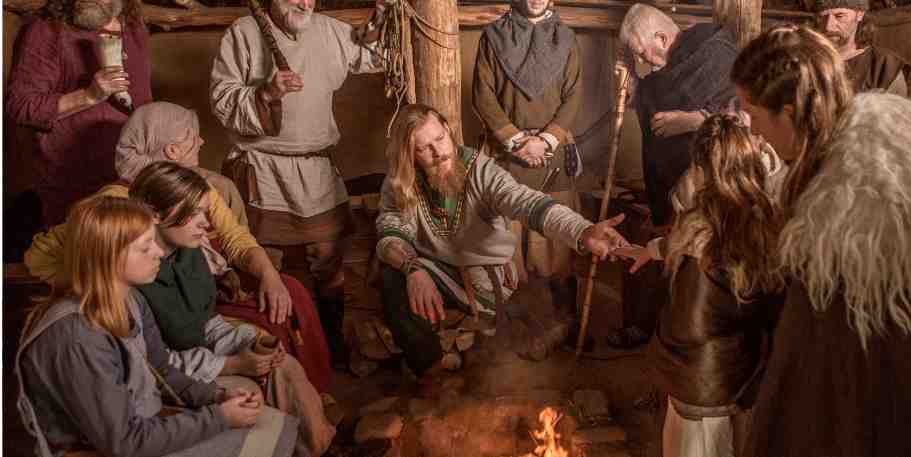

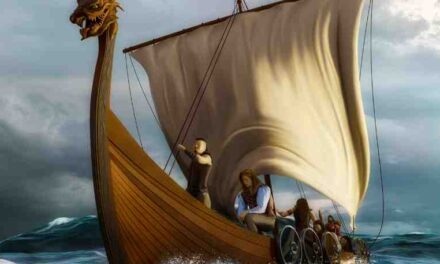
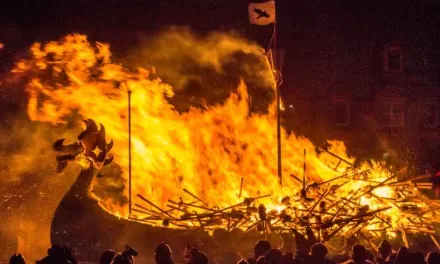










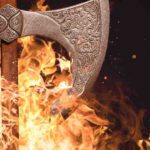
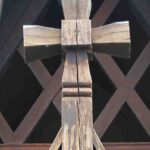
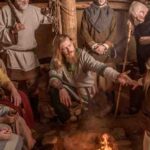


Trackbacks/Pingbacks